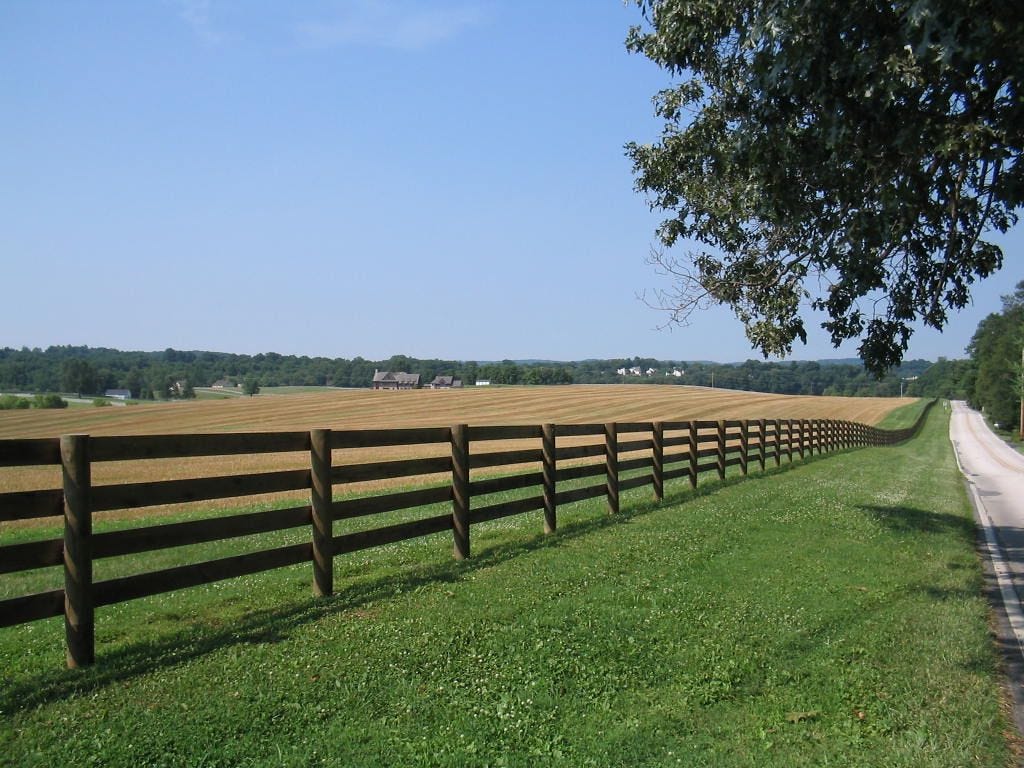The LA Palisades Market Is On Fire (Not Literally)
Time to read [5 minutes]
There Have Been A Lot Of Lot Sales In Palisades As Buyers Invest In The Future
The Replacement Homes Will Likely Skew To Higher End
The US Economy Is Becoming More Dependent On Its Wealthy Citizens
The intensity of destruction by the Pacific Palisades fires was measured at $54 billion early this year. About 4,700 of the 6,600 structures destroyed in Palisades were residential. It was reported that 79 of the homes destroyed were worth over $10 million before the fires. The city of Los Angeles is trying to streamline the rebuilding effort and reported that 85% of the debris has been removed and 300 rebuilds have been approved. It’s easy for prognosticators to suggest the market will never come back or prices will be crushed. We’ve heard this before. As a reminder, land appreciates and improvements depreciate. The Palisades fire has likely triggered a market reset, complicated by a shortage of labor and supply chain challenges in construction materials. There are currently a lot of well-meaning real estate agents who are blogging about listings today. The eagerness to provide empirical feedback on the devastation the market has experienced is reasonable given the narrative of all the destruction. However, at the CRN conference in DC this week, I spoke with a regional appraisal management company that services the Palisades, and they are seeing that lot prices are flat using apples-to-apples comparisons.

Shifting Sales Mix Further Burns The Narrative
It’s tough to make before-and-after-the-fire comparisons using basic hedonics when lot sale activity was nominal the prior year (it was already a built-up market). There were 72 lot sales in Palisades in 2025 through mid-July, and only one lot sale last year. In Altadena, which is inland and lower-priced, there were 172 lot sales compared to six sales previous year. On the other hand June home sales plummeted 66% in Palisades year over year because there weren’t many homes left unscathed. The market distortion caused by the fire damage changed the product mix available to sell.
Homes To Be Replaced Will Cost More
The US economy depends more and more on wealthy Americans, and luxury real estate is the path of least resistance in housing markets hobbled by the affordability crisis.
The housing product available for sale in Palisades has radically changed to construction sites, and I suspect home prices will be higher going forward. The shift in the post-fire sales mix to higher-end housing is a common occurrence in the context of markets devastated by natural disasters. The homes rebuilt tend to be purchased by consumers who are less impacted by higher insurance costs, labor costs, and material costs.
As if said many times here, tariff policies coming out of Washington DC, are a tax on the American consumer, and are leading to higher construction material costs which will make the housing affordability crisis even more challenging. Additionally, current immigration policy has devastated the availability of construction labor. It’s a perfect storm for lower housing affordability going forward. These policies are going to slow down the rebuilding effort and helping to shift the product mix towards the higher end and away from affordability.
Final Thoughts
When disaster strikes, the urge to aggregate all the current sales and compare the before and after periods is a trap without understanding how much the product mix has changed. It’s especially tough to do this in a market like Palisades, where sales of lots before the fire were rare. The plunge in home sales was a reflection of the lack of product, rather than the lack of demand. Lots of cheerleading from the sidelines is going on these days, with consumers hoping this event will make housing in the neighborhood more affordable. In reality, the fire devastation is going to make the new housing coming into the neighborhood more expensive due to the scarcity as well as the higher cost of labor, materials and insurance.
The Actual Final Thought – I hear a rumble in Palisades.
HGAR’s IMPACT: The Member Experience
I’m excited to speak at IMPACT: The HGAR Member Experience on September 29. I’ll be joining real estate professionals from across the region to explore what’s next in the housing market, economic opportunities and building community. Join me and be part of the conversation that’s shaping what’s next. Learn more and register.
[Podcast] What It Means With Jonathan Miller
The Think about ‘Trading Places’ But With Lower Mortgage Rates episode is just a click away. The podcast feeds can be found here:
Apple (Douglas Elliman feed) Soundcloud Youtube
Did you miss the previous Housing Notes?
August 6, 2025
Image: Wikipedia






